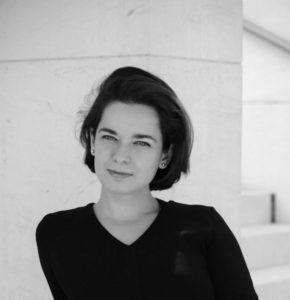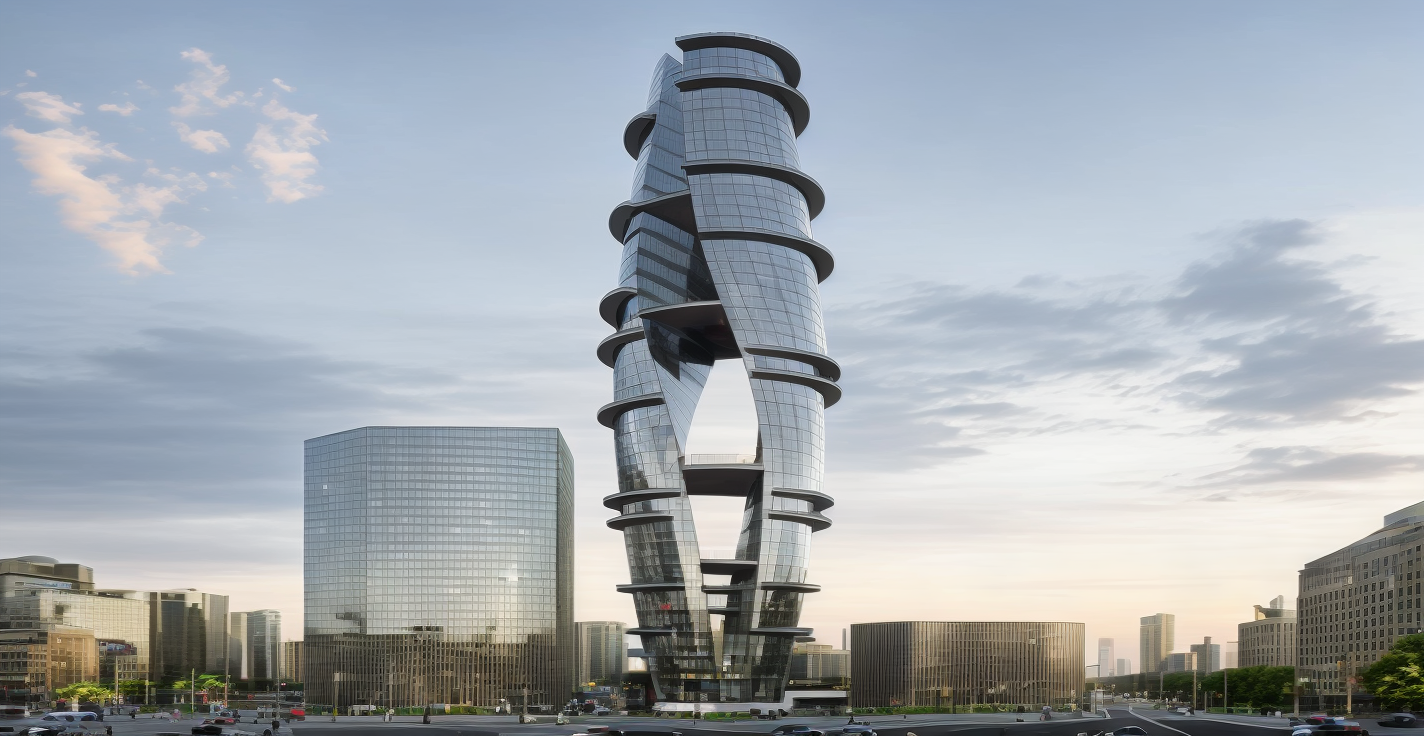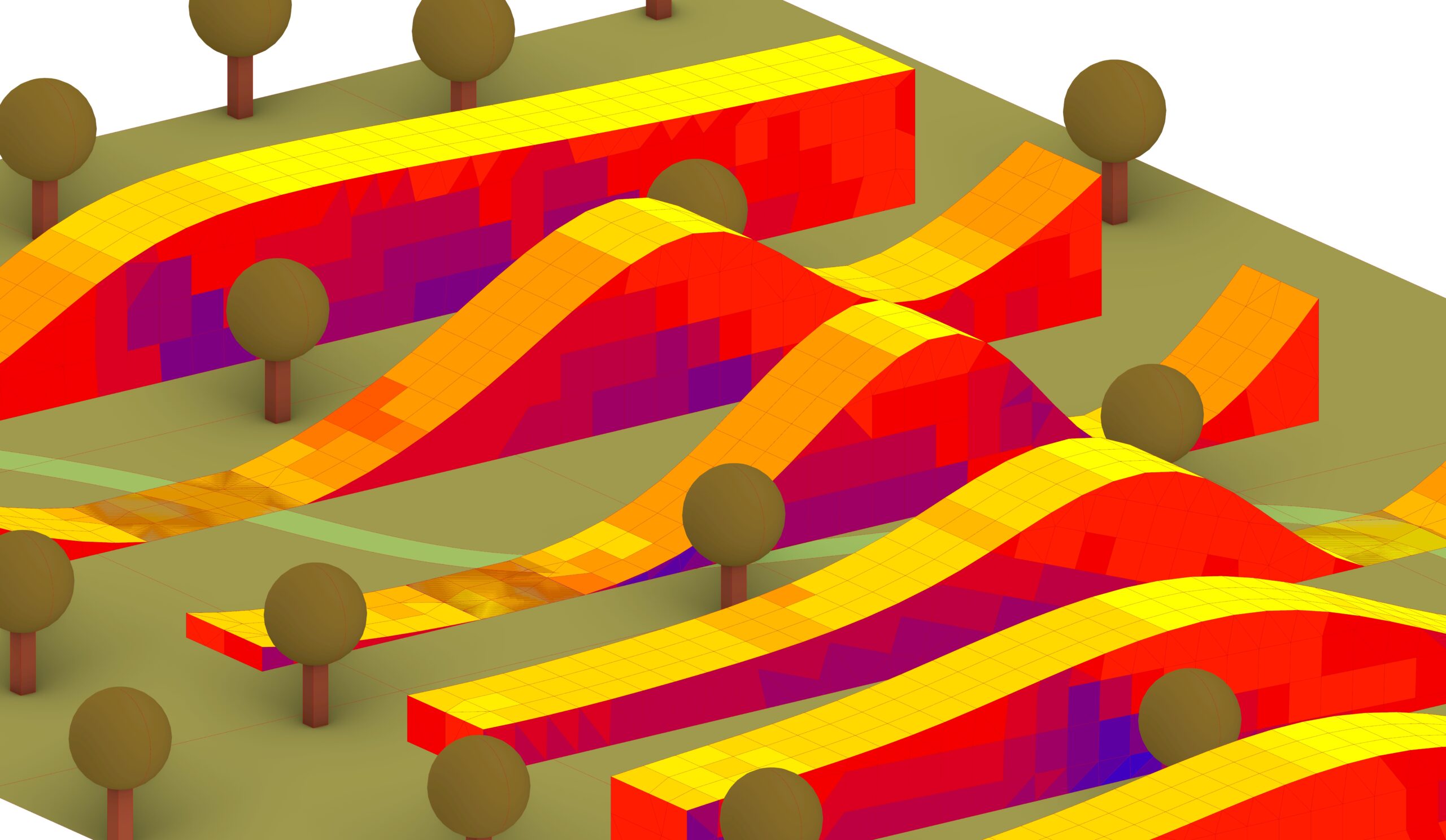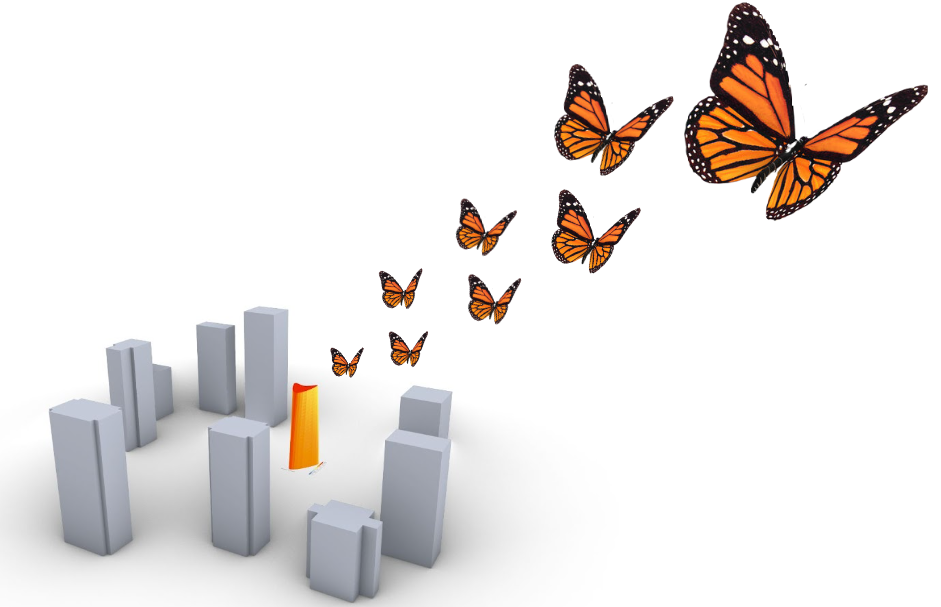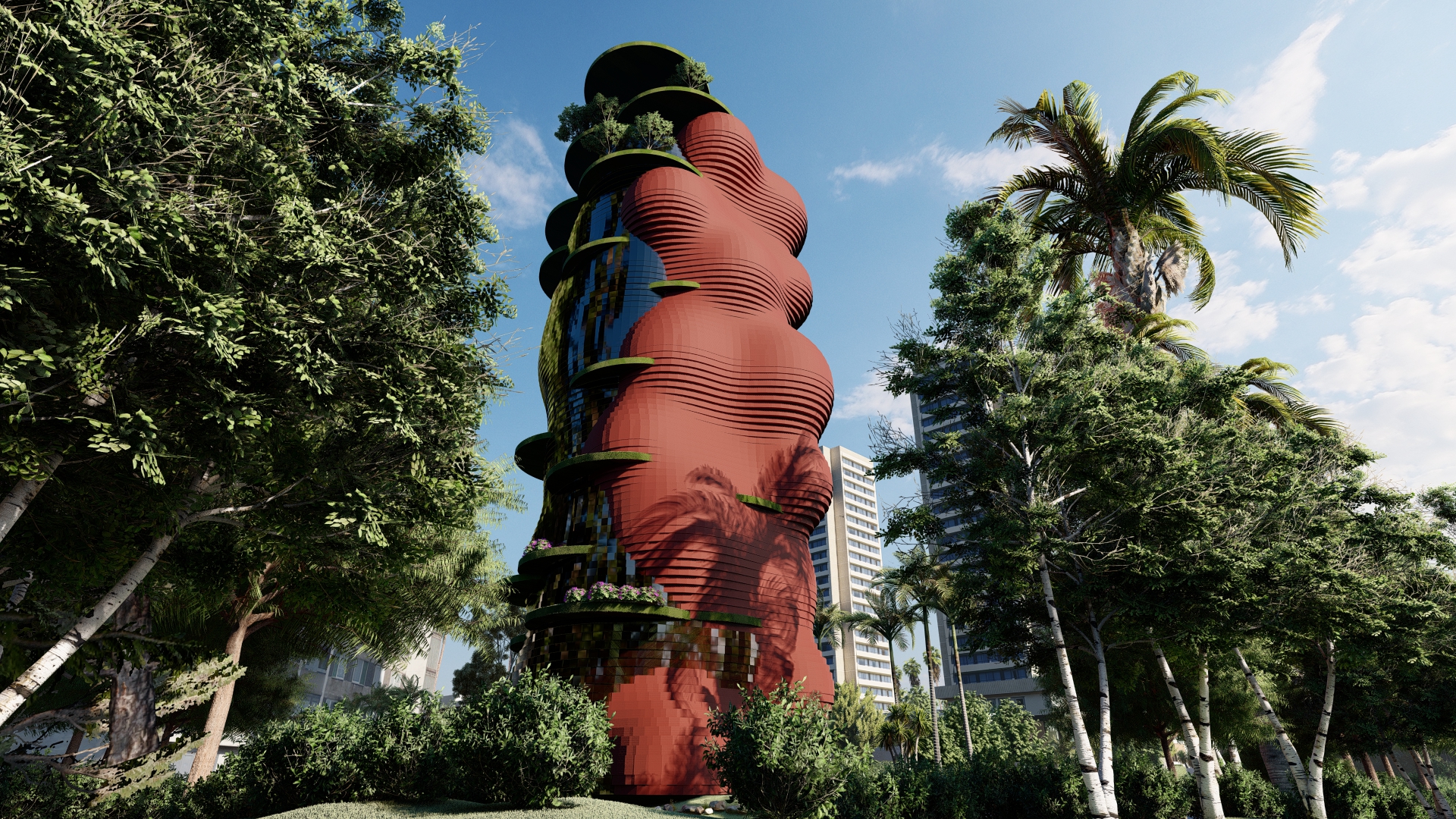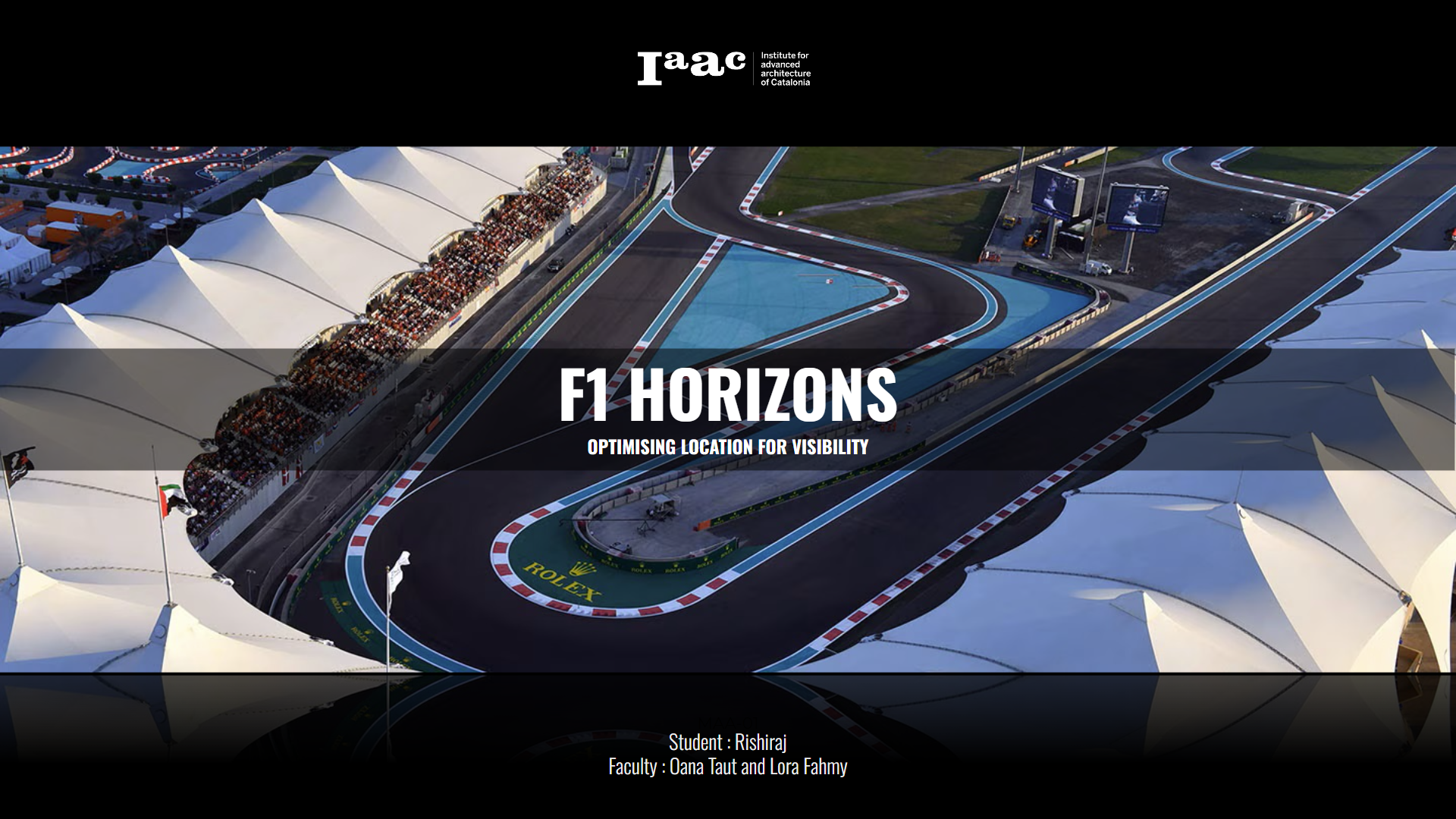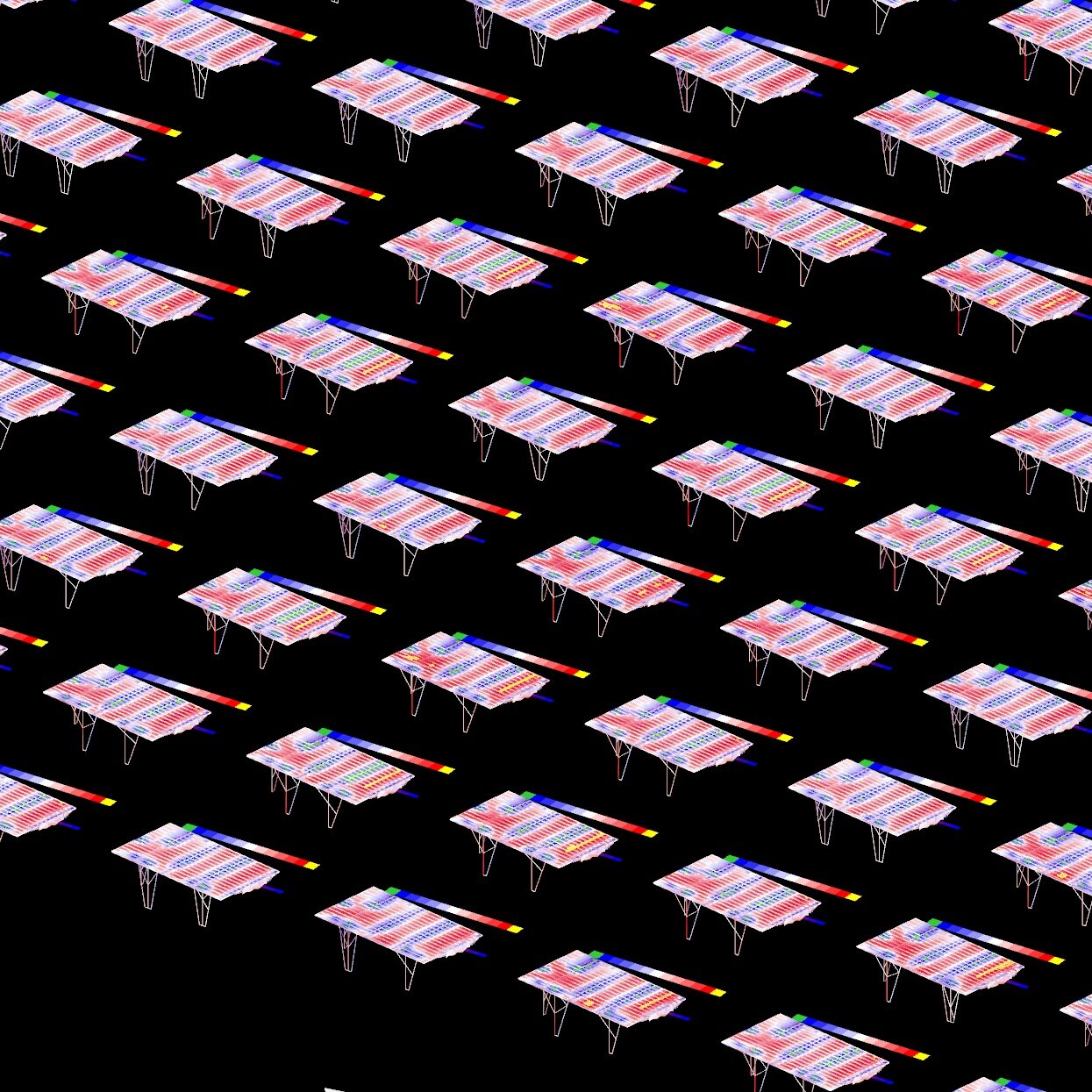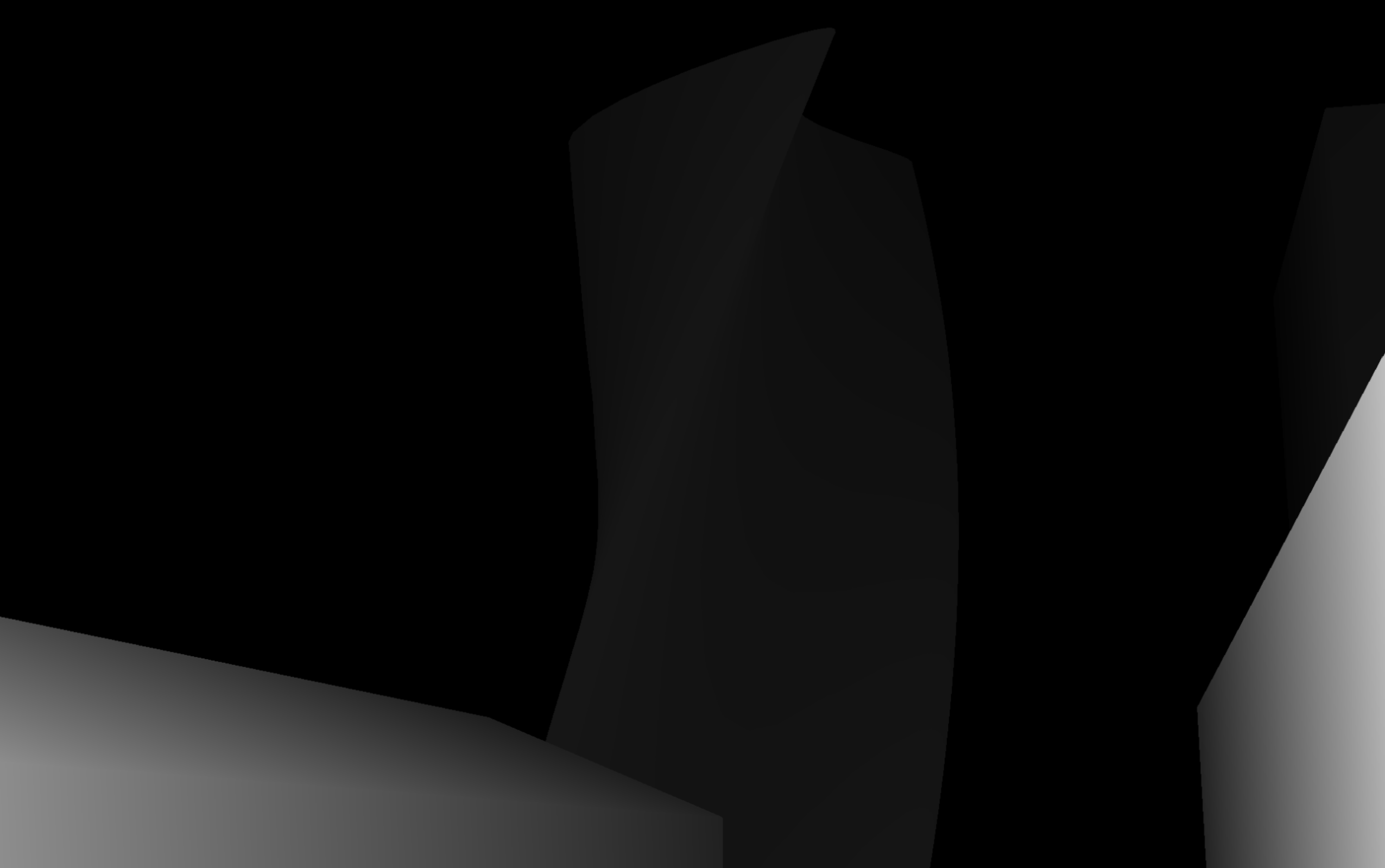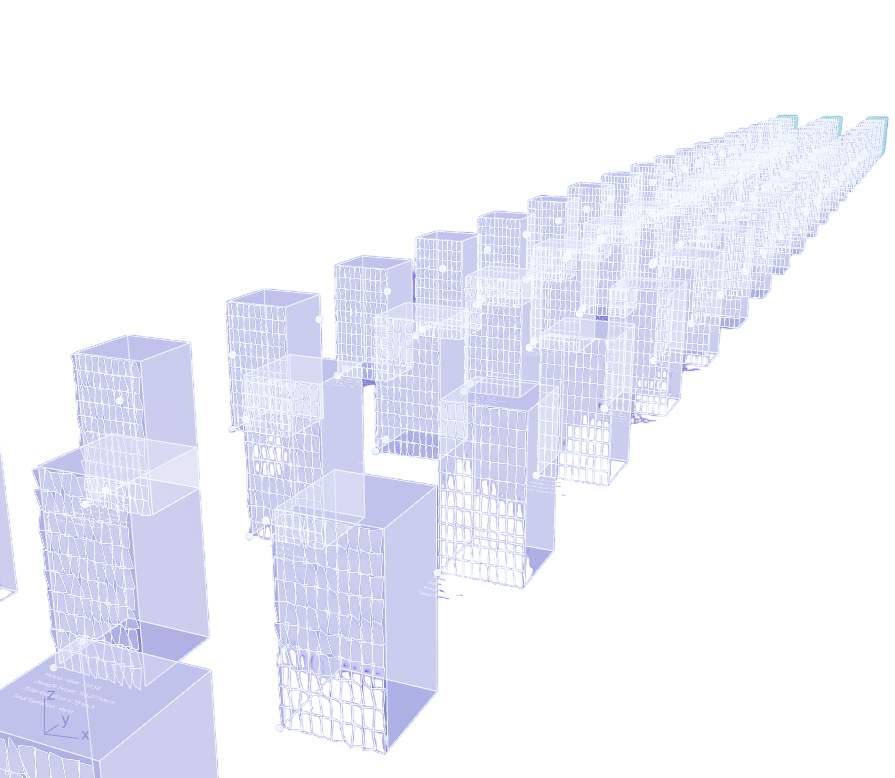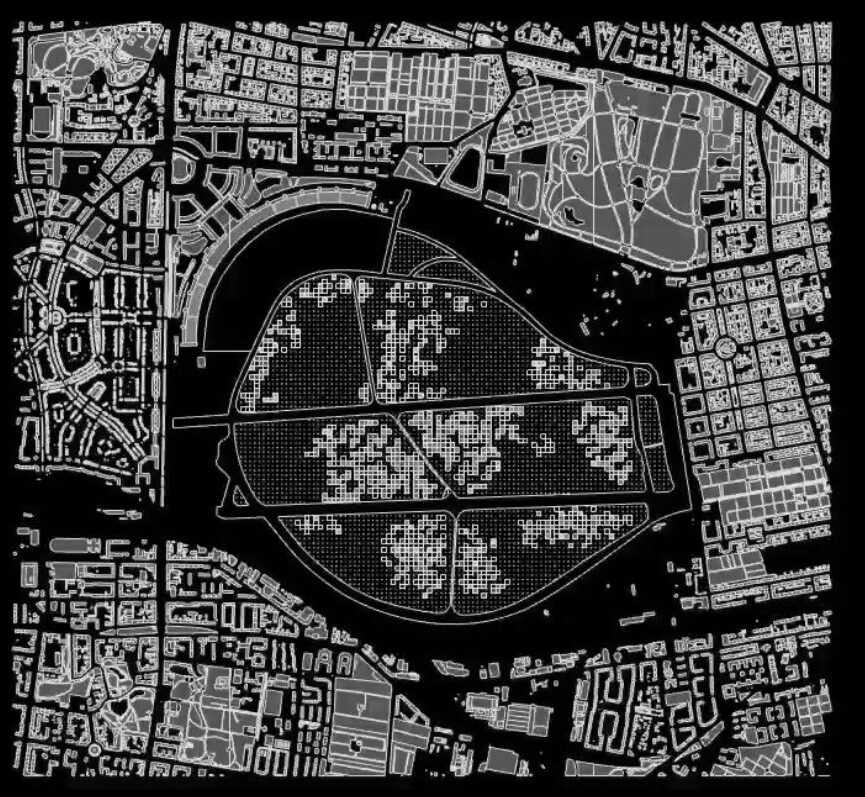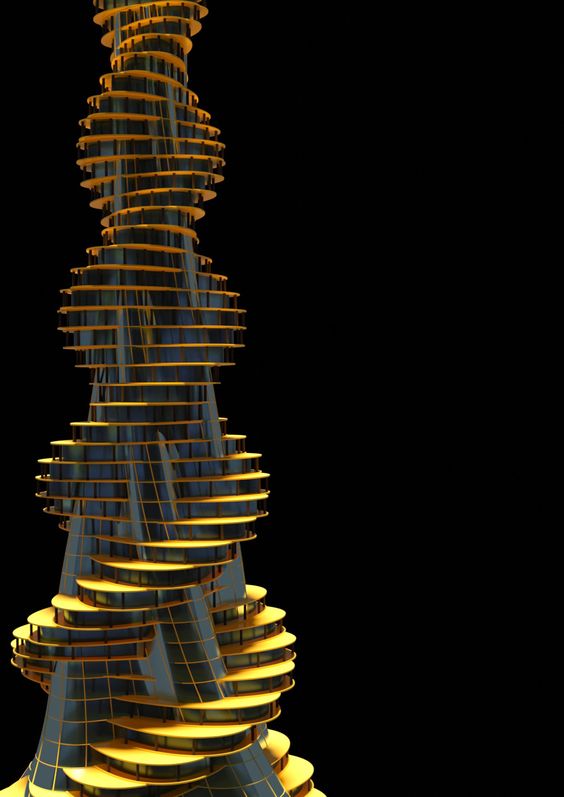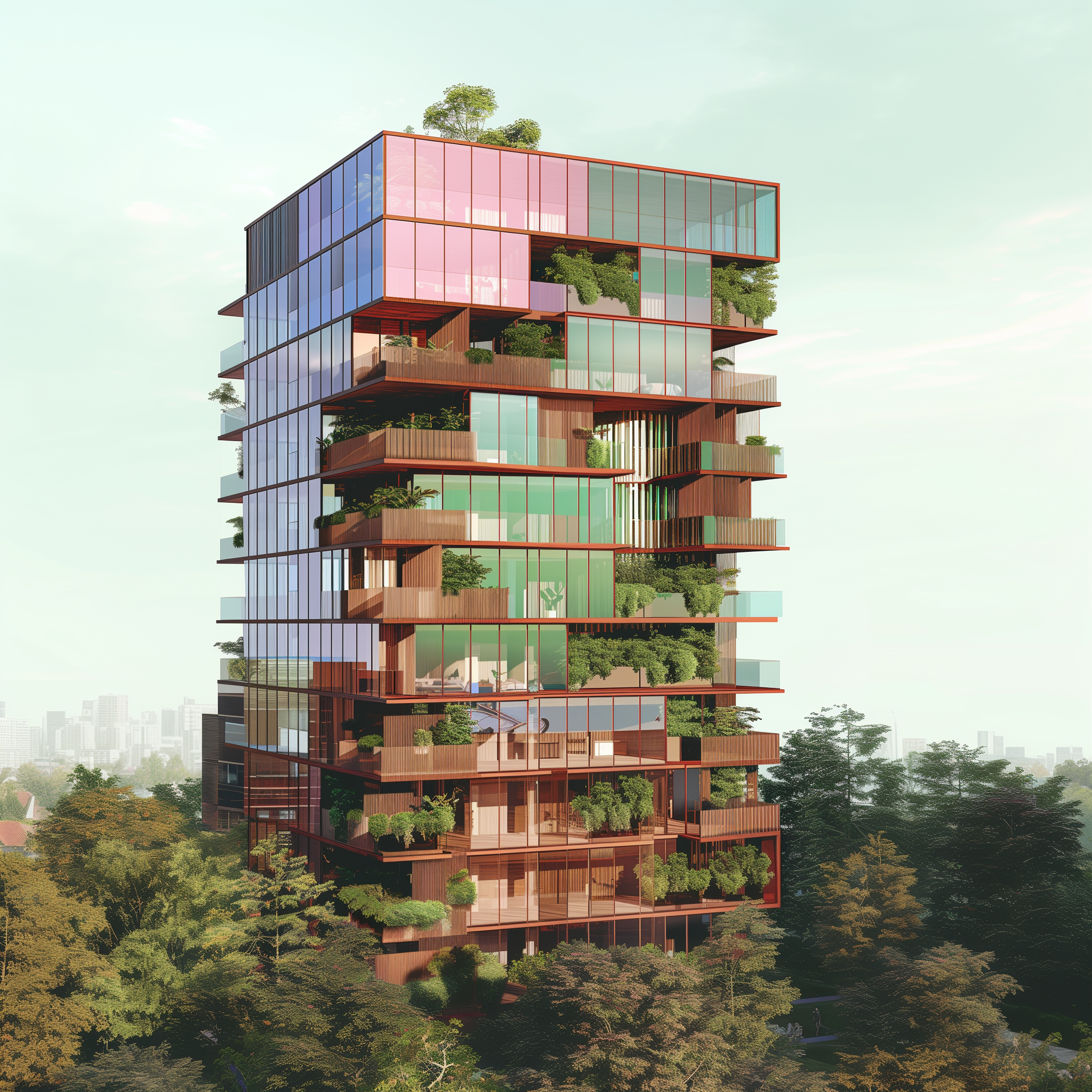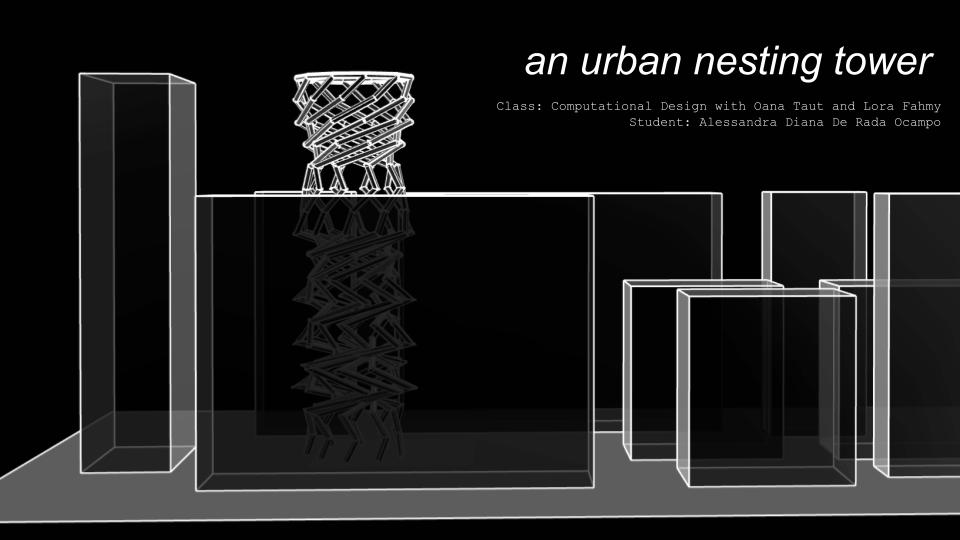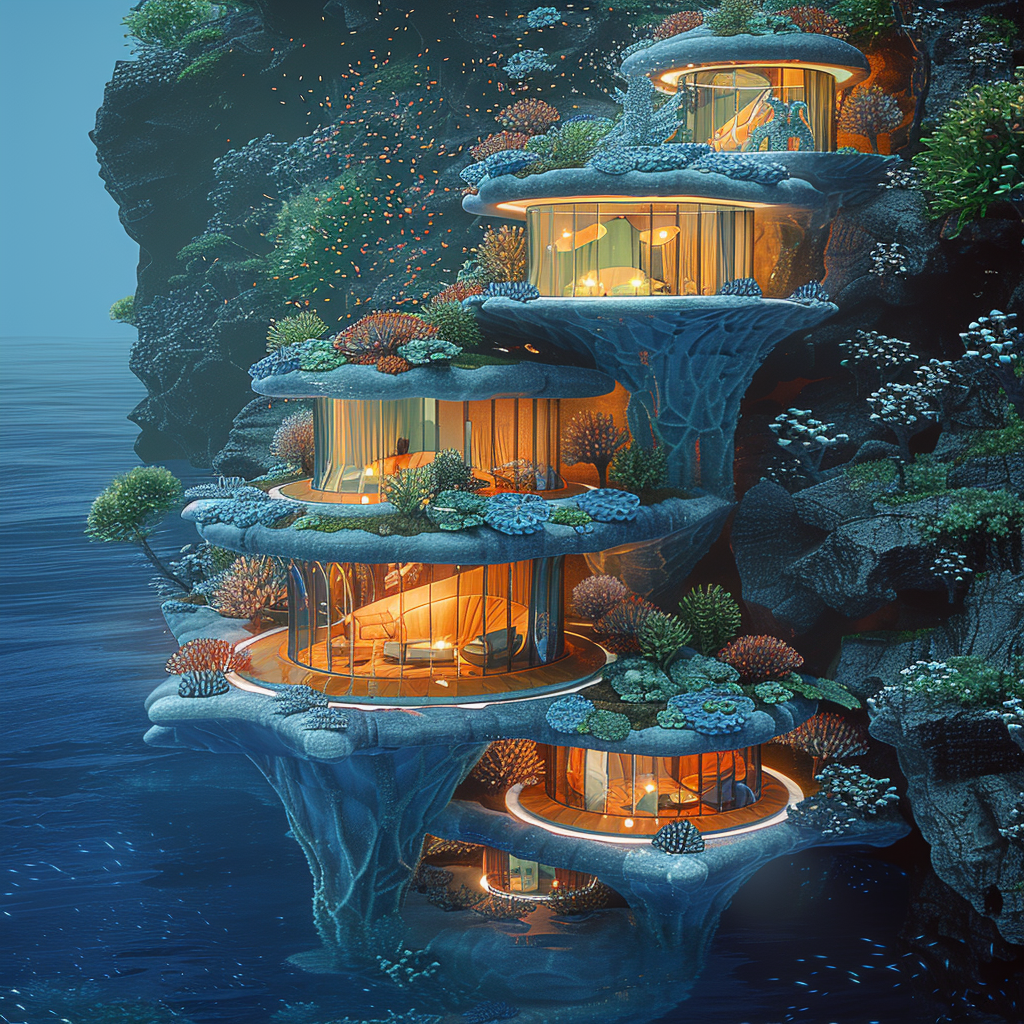In computer science, algorithms are habitually defined as fixed and often finite procedures of step-by-step instructions understood to produce something other than themselves. These logic structures interface with data, sourced from any computable phenomena, becoming the basis for a new array of design strategies. The Computational Design Seminar focuses on emergent design strategies based on algorithmic design logics. From the physical spaces of our built environment to the networked spaces of digital culture, algorithmic and computational strategies are reshaping not only design strategies, but the entire perception of Architecture and its boundaries.
Syllabus
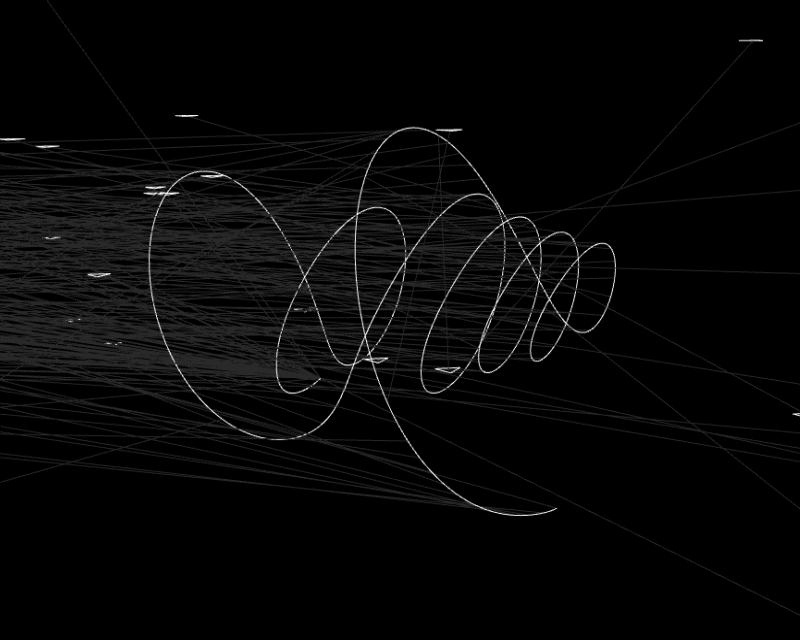
Credits: Sumer Matharu, Salvador Calgua
“If the only tool you have is a hammer, you tend to see every problem as a nail.” (Abraham Maslow)
Computational design has come a long way since the early days of being simply the tool of the parametric style. Today it is at the core of innovation in architecture and design, occupying an important role in most of the leading architecture practices. Increasingly the tools that we now use to design have the potential to expand the range of our design options, allowing us to explore performance criterias unlimited by the increased complexity. The computational design paradigm is thus expanding the creation process, from a mere singular instance of a design far beyond the three dimensional space into a virtually limitless parametric realm of different versions of the design intent, forming what we call a design space..
In this new paradigm, the role of the computational designer is to effectively transform a carefully crafted design intent into a parametric strategy, establish selection criteria and navigate the entire space of options by confronting them with analytical and simulation tools. This allows the creation of designs that are fast to adapt, and can embed insights from vast amounts of context data.
For this purpose, Grasshopper has significantly become the standard for computational design, not only within academia but across many trades and disciplines that encompass the form creation process, providing easy access to algorithmic thinking and a large ecosystem of plugins that provide easy access to a broad range of tools for advanced design. This course has the goal of teaching the fundamentals of Computational Design and algorithmic thinking through the interface of Grasshopper 3d. We go beyond teaching quick strategy for obtaining complex forms and will dive into deeply understanding the logic and principal methods with the intention of equipping you with the mental and digital tools for designing computational sequences that translate your design intent.
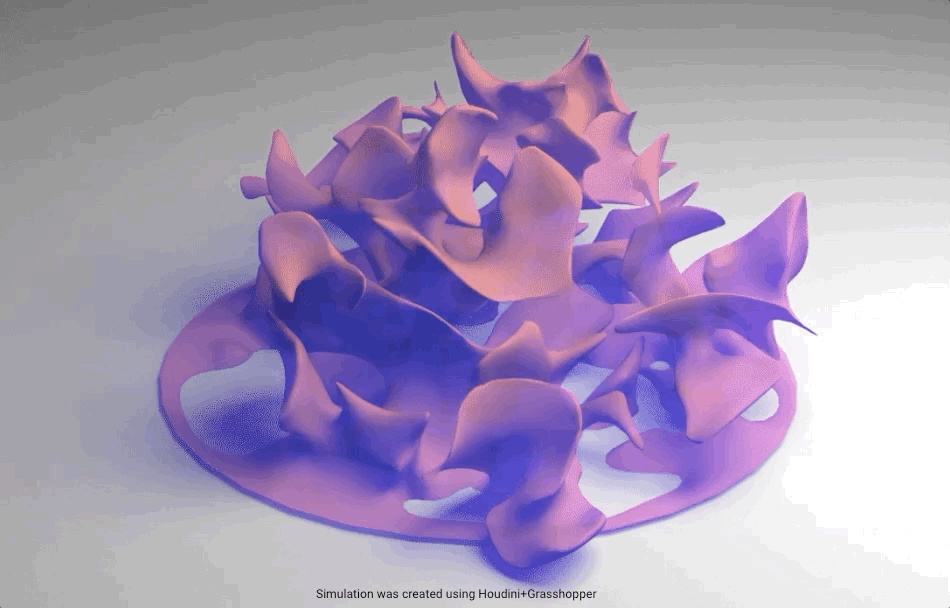
Credits: Aleksandra Jastrzebska, Felipe Romero, Hesham Shawny
Term II – Geometry and Physics
The second term of the course builds on the fundamental concepts of data management and incremental data manipulations by introducing knowledge of geometry representation and its characteristic methods for transformation. This course will be focused on algorithmic modelling of behaviour, exploring force fields, physics simulation, agent based systems, as well as an array of methods for analysis and quantification of complex characteristics.
Learning Objectives
At course completion the student will:
- Continue to develop algorithmic thinking
- Become fluent in data management and parametric modelling
- Learn the basics of 3d geometry description and representations
- Learn fundamental methods of physics simulation and iterative behaviour
- Develop research through parametric exploration
- Refine data visualisation and process animation skills
Faculty
Faculty Assistants
Projects from this course
Tiny Topographies
Optimizing Bar Buildings for Sunlight and Pathways The aim of this project was to design a typology of housing is needed that resembles small, artificial terrains. The Bar Building typology will have set of long, dense buildings that will mimic the form of a topography. The forms will need to be optimized to allow for all the … Read more
From butterfly wing to buildings.
The shapes of butterfly wings is a product of genetic programming, developmental biology, and evolutionary adaptations. Variations in wing shape among different species result from adaptations to their ecological niches, predation pressures, and other environmental factors. Different butterfly species have evolved wing shapes adapted to their specific ecological niches. For example, some species have wings … Read more
Mushroom Façade
Facade optimization based on Sunlight Two layers of the facade: one is stable, and the other layer grows based on the points that are warmer or receive more sunlight to reduce heat and sunlight. The design objectives Environmental Sustainability Energy Efficiency: Reduce energy consumption for heating, cooling, and lighting. Climate Adaptation: Design to adapt to … Read more
F1 Horizons
This optimization uses computational design to achieve the best placement of the Grand-Stand around a predefined F1 racetrack and topology for maximum visibility for spectators using Grasshopper and Galapagos Evolutionary solver.
Karambug
Design optimization strategy of a garage in London based on Karamba and Ladybug Sensitivity Analysis Total (average) fitness iterations Catalogues load distribution in ceiling in different iterations
PHYLLOTACTIC TOWER
PHYLLOTAXIS The arrangement of leaves or floral parts around a stem or axis is called phyllotaxis. The term comes from the Greek phullon – ‘leaf’ and taxis – ‘arrangement’. The model was first proposed by Wilhelm Hofmeister in 1868. IMPORTANCE: The objective of the phyllotaxis is to avoid overcrowding. So that all leaves get maximum … Read more
THE LOOKOUT
Team member(s): Josh OatesModified by Josh Oates on March 6, 2024 OPTIMIZING FOR INTERNAL BUILDING VIEWS AND BALCONY SPACE DESIGN DRIVER | Fractal Tree Growth Previous Computation Design II Project In my previous project, I used Lindenmayer systems (L-systems) in Grasshopper to simulate fractal growth, modeling complex natural structures like trees and plants. Using the Rabbit plugin, I generated … Read more
The Greenhouse
Optimization strategy These adaptable panels will stay transparent as long as the heat is beneficial for the plant, but will turn opaque when the heat is too strong and could harm the plant. Adaptation design objectives Pseudo-code: Optimization GIF Worst fitness Best fitness LadyBug sun analysis Iterations Catalog Iterations from worst (most uneven sunlight/heat distribution … Read more
The Rippled Facade
Optimizing the building skin inspired by Rippled droplets Meta balls as an isomorphic surfaces constructed as composite assemblages of the mutually infecting parametric objects with internal forces of mass and attraction.region of influence,which could be additive (positive) or subjective(negative)Isomorphic architecture(Bubble) Blobitecture , blobism and blobism are terms for a movement in architecture in which buildings … Read more
Responsive Living——Underwater Coral Residence
Background Self-sustaining growth patterns of coral ecosystems can provide sustainable underwater living environments. Pseudocode Influencing Factors Surface Type Generate Coral Optimal lighting Surface Type (Optimal lighting) Responsive Structure The structure of the coral residence changes shape with sunlight. During the day, corals expand to maximize photosynthesis, and at night, they contract to conserve energy. Responsive … Read more
Optimizing daylight for a hospital plan
Inspired by fractalization and branching of “snowflakes” Fractal growth refers to the development or expansion of structures or patterns in a way that exhibits self-similarity at various scales. Fractals are often characterized by intricate and complex shapes that can be created through iterative processes for efficiency and structurability. Fractal patterns assist us with research into … Read more

